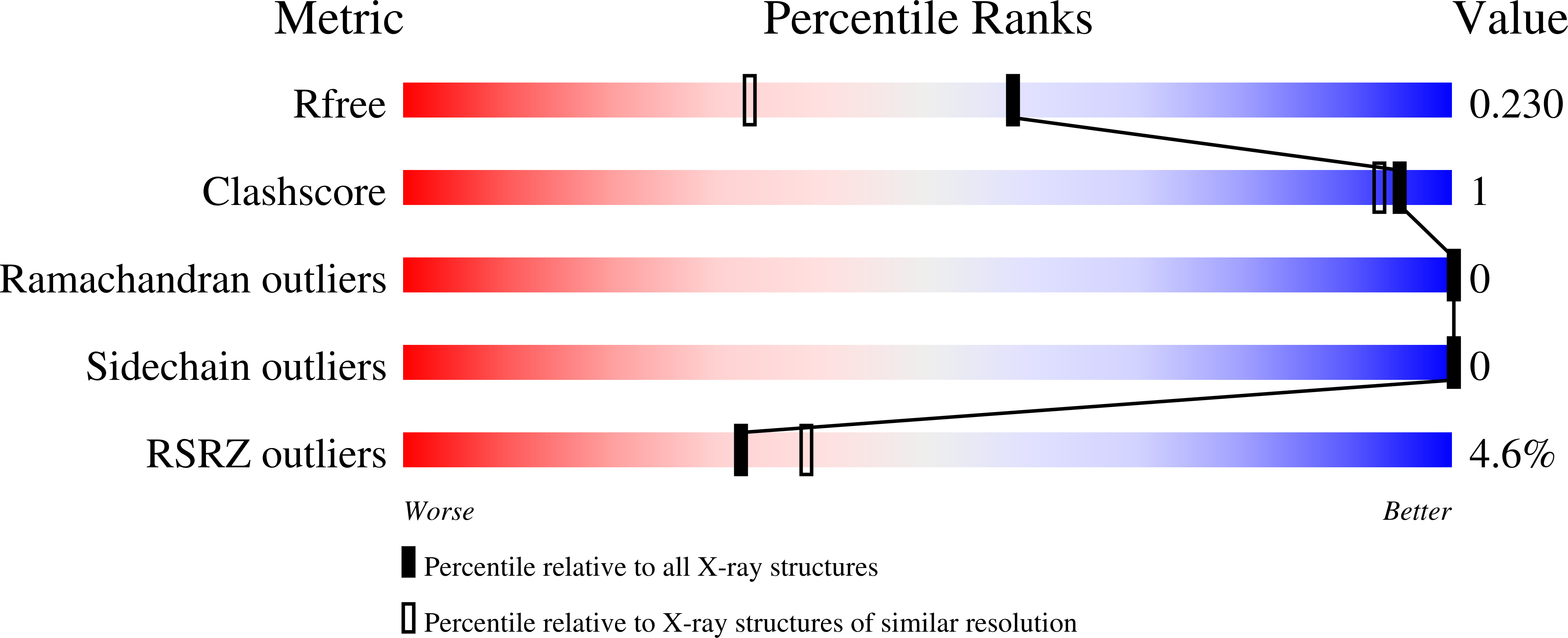
Deposition Date
2021-12-13
Release Date
2022-09-14
Last Version Date
2023-10-25
Method Details:
Experimental Method:
Resolution:
1.75 Å
R-Value Free:
0.23
R-Value Work:
0.20
R-Value Observed:
0.21
Space Group:
P 1 21 1


